I have prepared the following chronology of more than 170 events in the life and reign of Emperor Nicholas II from his birth in 1868 to his death and martyrdom in 1918. In addition, I have also included more than a dozen links to articles, which will provide the reader with additional information and photographs.
The dates noted are those according to the Old Style Julian Calendar, which was used in the Russian Empire up until 1918, when the New Style Gregorian Calendar used in the West was implemented. Please note that the New Style Gregorian Calendar is now 13 days ahead of the Old Style Julian Calendar: for example May 6th Old Style = 19th May New Style – PG
Tsarevich or Tsesarevich?
“Tsesarevich” is often confused with “tsarevich“, which is a distinct word with a different meaning: Tsarevich was the title for any son of a tsar, including sons of non-Russian rulers accorded that title, e.g. Crimea, Siberia, Georgia. Normally, there was only one tsesarevich at a time (an exception was Grand Duke Constantine Pavlovich, who was accorded the title until death, even though law gave it to his nephew), and the title was used exclusively in Russia.
The title came to be used invariably in tandem with the formal style “Heir or Successor” (Russian: Наследник, romanized: Naslednik), as in “His Imperial Highness the Heir Tsesarevich and Grand Duke”. The wife of the Tsesarevich was the Tsesarevna (Russian: Цесаревна).
Each Emperor’s eldest son bore the title until 1894, when Nicholas II conferred it on his brother Grand Duke George Alexandrovich, with the stipulation that his entitlement to it would terminate upon the birth of a son to Nicholas, who was then betrothed to Princess Alix of Hesse [Empress Alexandra Feodorovna 1872-1918]. When George died in 1899, Nicholas did not confer the title upon his oldest surviving brother Michael Alexandrovich, although Nicholas’s only son would not be born for another five years. That son, Alexei Nikolaevich (1904–1918), became the Russian Empire’s last tsesarevich.
1868
May 6 – the birth of Grand Duke Nicholas Alexandrovich in the Alexander Palace at Tsarskoye Selo.
May 20 (Spirit Day) – the baptism of the Grand Duke in the Church of the Resurrection of Christ in the Catherine Palace at Tsarskoye Selo.
1871
April 27 – the birth of Nicholas’s brother, Grand Duke George Alexandrovich (1871-1899).
1875
March 25 – birth of Nicholas’s sister, Grand Duchess Xenia Alexandrovna (1875-1960).
December 6 – Nicholas Alexsandrovich was promoted to the rank of ensign.
1877
General G.G. Danilovich (1825-1906) was appointed tutor of the Grand Duke.
1878
November 22 – the birth of Nicholas’s brother, Grand Duke Mikhail Alexandrovich (1878-1918).
1881
March 1 – assassination of Emperor Alexander II in St. Petersburg.
March 2 – Grand Duke Nicholas Alexandrovich is declared heir to the throne with the assignment of the title “Tsesarevich” and the appointment of the ataman of the Cossack troops.
March 13 – Tsesarevich – Chancellor of the Alexander University in Finland.
July – the Tsesarevich and his father, Emperor Alexander III visit Moscow.
1882
January 1 – Tsesarevich Nicholas Alexandrovich begins to keep a diary.
June 1 – the birth of Nicholas’s sister, Grand Duchess Olga Alexandrovna (1882-1960).
1883
May – participation of the Tsesarevich in the coronation celebrations in Moscow of his father, Emperor Alexander III.
1884
May 6 – the ceremony of majority, Nicholas Aleksandrovich’s acceptance of the oath and entry into active service.
August 30 – the Tsesarevich received the rank of lieutenant.
1887
August 30 – the tsesarevich received the rank of staff captain.
1888
June – August – takes command of His Majesty of the Preobrazhensky Life Guards Regiment.
October 17 – the crash of the Imperial Train, carrying Emperor Alexander III and members of his family, including Tsesarevich NicholasAlexandrovich, near the Borki station of the Kursk-Kharkov-Azov railway.
1889
January – the first acquaintance at a court ball in St. Petersburg with Princess Alix Viktoria Helene Luise Beatrix of Hesse and by Rhine, the future Empress Alexandra Feodorovna.
May 6 – the Tsesarevich was appointed aide-de-camp, a member of the State Council and the Committee of Ministers, the highest governmental body of the Russian Empire.
1890
March – Nicholas makes the acquaintance with the prima ballerina Matilda Maria Feliksovna Kschessinskaya (1872-1971).
1890
October 23 to August 4 1891 – Nicholas Alexandrovich took part to the Far East: Egypt, India, Ceylon, Siam, China, and Japan. The total length of the journey exceeded 51,000 kilometres, including 15,000 km of railway and 22,000 km of sea routes.
1891
1891, March 17 – the highest rescript to the Tsesarevich for the opening of the Ussuri section of the Trans Siberian Railway.
April 21 – the Tsesarevich received the rank of captain.
April 29 – an attempt on the life of the Tsesarevich, committed by policeman Sanzo Tsuda in the Japanese city of Otsu.
November 17 – Nicholas Alexandrovich was appointed chairman of the Special Relief Committee for helping those in need in areas affected by crop failure during the Russian Famine, for which Nicholas raised 5 million rubles.
1892
April – August – his service in His Majesty’s 1st Battery of the Guards Horse-Artillery Brigade.
August 6 – promoted to the rank of colonel.
1893
January 2 – the Tsesarevich was appointed commander of the 1st battalion of the Preobrazhensky Life Guards Regiment.
January 14 – the Tsesarevich was appointed chairman of the Siberian Railway Committee (held office until December 15, 1905).
March 5 – the highest rescript to the Tsesarevich for chairing the Special Committee for helping those in need in areas affected by crop failure.
1894
April 8 – the engagement of the Tsesarevich and Princess Alix Viktoria Helene Luise Beatrix of Hesse and by Rhine.
June – July – Visit to Great Britain, meeting with his future bride.
July – celebrations associated with the marriage of the Tsesarevich’s sister – Grand Duchess Xenia Alexandrovna and Grand Duke Alexander Mikhailovich (1866-1933).
September – worsening of the illness of Emperor Alexander III, the Imperial Family move to Livadia in Crimea.
October 10 – arrival of the bride Princess Alix of Hesse at Livadia.
October 20 – death of Emperor Alexander III, Tsesarevich Nicholas Alexandrovich’s accession to the throne as Emperor Nicholas II.
October 21 – the swearing-in of the new emperor of the first ranks of the court; anointing the bride of the emperor and naming her “the faithful Grand Duchess Alexandra Feodorovna”.
November 7 – the funeral of Emperor Alexander III in the Peter and Paul Cathedral of the Peter and Paul Fortress in St. Petersburg.
November 14 – wedding of Emperor Nicholas II and Alexandra Feodorovna in the Great Church of the Winter Palace – the home church of the Imperial Family.
1895
January 17 – Nicholas II delivered a speech in the Nicholas Hall of the Winter Palace in response to the loyal address prepared by the Tver Zemstvo. Statement of political continuity.
November 3 – the birth of Nicholas II’s first child, a daughter, Grand Duchess Olga Nikolaevna (1895-1918).
1896
May 14 – Coronation of Emperor Nicholas II in Moscow.
May 18 – Khodynka tragedy, which resulted in an estimated 1,389 people being trampled to death, and an additional 1300 injured .
August 15-17 – Nicholas II makes his first official visit to the Emperor of Austria-Hungary Franz Joseph (1830-1916) in Vienna.
August 24-26 – the first meeting of Nicholas II as the All-Russian Emperor with the German Emperor Wilhelm II (1859-1941).
September 23–27 – official visit by Nicholas II and Alexandra Feodorovna to France.
1897
January 28 – the first and only census carried out in the Russian Empire. The data processing took 8 years using Hollerith card machines.
April 15-16 – official visit to St. Petersburg by the Emperor of Austria-Hungary Franz Joseph. Conclusion of an agreement to maintain the existing situation in the Balkans.
May 29 – the birth of Nicholas II’s second child, a daughter, Grand Duchess Tatiana Nikolaevna (1897-1918).
July 26-30 – official return visit to Russia of German Emperor Wilhelm II.
11-14 August – an official return visit to Russia by French President Felix Faure (1841-1899).
19-22 August – Nicholas II and Alexandra Feodorovna’s visit to Warsaw.
August 29 – Emperor Nicholas II issues a decree that initiated the implementation of the reform of the gold monetary circulation in Russia.
1898
August – Nicholas II’s proposes a conference to discuss putting a limit to the growth of armaments among the Great Powers in an effort to preserve world peace, an effort which culminated in the famous Hague Peace Conference in 1899.
March 15 – Russia’s occupation of the Liaodong Peninsula.
1899
February 3 – Nicholas II signed the Manifesto on Finland and published the “Basic Provisions on the Drafting, Consideration and Publication of Laws Issued for the Empire with the Inclusion of the Grand Duchy of Finland.”
May 18 – the beginning of the work of the peace conference in The Hague, initiated by Nicholas II. The issues of arms limitation and ensuring a lasting peace were discussed at the conference; representatives of 26 countries took part in its work.
June 14 – the birth of Nicholas II’s third daughter, Grand Duchess Maria Nikolaevna (1899-1918).
June 28 – death of the heir to the throne, the younger brother of Nicholas II, Tsesarevich George Alexandrovich.
1900
June 12 – decree abolishing the exile to Siberia for settlement.
July – August – participation of Russian troops in the suppression of the Boxer Uprising in China. Russia’s occupation of all of Manchuria – from the border of the empire to the Liaodong Peninsula.
End of October – November – Emperor Nicholas II contracts typhoid fever during his stay in Livadia, Crimea. His recovery lasted six months.
1901
February 14 – the assassination of the Minister of Public Education Nicholas Pavlovich Bogolepov (1846-1901).
June 5 – the birth of Nicholas II’s fourth daughter, Grand Duchess Anastasia Nikolaevna (1901-1918).
July – marriage of the Tsar’s sister Grand Duchess Olga Nikolaevna and Duke Peter Alexander of Oldenburg (1868-1924) – the marriage was dissolved in September 1916.
September 20 – meeting and acquaintance of Nicholas II and Alexandra Feodorovna with Nizier Anthelme Philippe (1849-1905) a reputed healer and miracle worker. Philippe enjoyed a brief influence over the imperial couple, until he was exposed as a charlatan in 1903 and was expelled from Russia.
1902
April 2 – assassination of the Minister of Internal Affairs Dmitry Sergeyevich Sipyagin (1853-1902)
1903
February 26 – Manifesto “On the plans for improving the state order.”
March 12 – Issue of the law on the abolition of mutual guarantee.
July 17-20 – participation of Nicholas II and other members of the Russian Imperial Family in the celebrations of the canonization of the Monk Seraphim of Sarov (1759-1833).
1904
January 27 – an attack by Japanese destroyers of a Russian squadron stationed in the outer roadstead of Port Arthur; the beginning of the Russo-Japanese War.
March 31 – the death of the commander of the Pacific Fleet, Vice Admiral Stepan Osipovich Makarov (1848-1904)
June 3 – assassination of the Governor-General of the Grand Duchy of Finland Nikolay Ivanovich Bobrikov (1839-1904)
July 15 – the assassination of the Minister of the Interior Vyacheslav Konstantinovich von Plehve (1846-1904)
July 30 – the birth of Nicholas II’s fifth child, a son, heir to the throne Tsesarevich and Grand Duke Alexei Nikolaevich (1904-1918).
August 25 – Prince Pyotr Dmitrievich Svyatopolk-Mirsky (1857-1914), is appointed Minister of Internal Affairs; an attempt to establish a “trusting” relationship with society.
December 12 – signing by Nicholas II of the decree “On the plans for the improvement of state order.”
1905
January 6 – during the annual Blessing of the Waters made on the Neva River opposite the Jordan entrance to the Winter Palace), one of the batteries “saluted” the tsar with a battle shot.
January 9 – Bloody Sunday in St. Petersburg. The beginning of the First Russian Revolution.
January 19 – reception in Tsarskoe Selo by Nicholas II of the deputation of workers from metropolitan and suburban plants and factories. The tsar allocated 50 thousand rubles from his own funds to help the family members of those killed and wounded on January 9.
February 4 – the murder in Moscow of the Tsar’s uncle, Grand Duke Sergei Alexandrovich (1857-1905).
February 18 – rescript of Nicholas II addressed to the Minister of Internal Affairs Alexander Grigorievich Bulygin (1851-1919) on the development of measures to involve the population in the discussion of legislative assumptions. Spring – the growth of agrarian unrest in a number of central provinces of the empire.
May 14-15 – the Battle of Tsushima, the death of the Russian squadron.
April 17 – the signing of the Manifesto “On the approval of the principles of religious tolerance.”
June 14-24 – uprising on the battleship “Prince Potemkin-Tavrichesky” of the Black Sea Fleet.
July 10-11 – meeting of Emperors Nicholas II and Wilhelm II in the Finnish skerries (in the Bjorke roadstead) and the signing of the Bjork Treaty, according to which the parties were to provide each other with support in the event of an attack on them in Europe. The treaty was renounced shortly afterwards by Nicholas II as inconsistent with the interests of relations between Russia and France.
July 18-26 – Peterhof meetings chaired by Nicholas II and dedicated to the development of the State Duma.
August 6 – signing of the Manifesto on the establishment of the State Duma (“Bulyginskaya Duma”).
August 23 – the conclusion of the Portsmouth Treaty, which put an end to the Russo-Japanese War. The price of peace was: the loss of the southern part of Sakhalin Island by Russia, the concession to Japan of the lease of the Liaodong Peninsula with the fortresses of Port Arthur and Dalny, the recognition of Japanese interests in Korea and the payment of money to Japan for the Russian prisoners of war.
October 17 – signing of the Manifesto “On the improvement of the state order”. The beginning of a new era – the era of the “Duma monarchy”.
October 22 – Publication of the Manifesto, suspending all laws, starting with the Manifesto on February 3, 1899, contested by the Finnish Sejm.
October 24 – 1906 – Chairman of the Council of Ministers Count Sergei Yulyevich Witte (1849-1915) appointed Russia’s First Prime Minister, a post he held until April 22 1906.
November 1 – the acquaintance of Nicholas II and Alexandra Feodorovna with the Siberian strannik [wanderer] Grigori Yefimovich Rasputin (1869-1916).
December 5, 7, 11 – A special meeting chaired by the tsar to discuss the new electoral law.
December 9-19 – armed uprising in Moscow. December 12 – publication of the tsarist decree with amendments to the regulations on elections to the State Duma.
December 23 – Nicholas II received the deputation of the Union of the Russian People and accepted badges for himself and for his son Tsesarevich Alexei Nikolaevich of membership in the RNC.
1906
March 8 – December 15 – the work of the Pre-Council Presence of the Orthodox Russian Church.
April 22 – Ivan Logginovich Goremykin (1839-1917) appointed Russia’s second prime minister.
April 23 – the approval of the new edition of the “Basic State Laws” of the Russian Empire, which formalized the existence of autocratic power in conjunction with the State Duma.
April 27 – the beginning of the work of the First State Duma; speech of Nicholas II to the deputies in the St. George Throne Hall of the Winter Palace.
July 8 – the resignation of Goremykin and the appointment of Pyotr Arkadyevich Stolypin (1862-1911) as Russia’s third prime minister.
August 12 – an attempt on Stolypin’s life (explosion at his dacha on the Aptekarsky Island of St. Petersburg).
October 5 – the abolition of legal restrictions for persons of the peasant class.
November 9 – the signing of a decree on the allocation of peasants from the community with the receipt of land as personal property; the beginning of the Stolypin agrarian reform.
1907
February 20 – the opening of the Second State Duma.
March 10 – death of Konstantin Petrovich Pobedonostsev (1827-1907), teacher and political mentor of Nicholas II.
April 25 – Nicholas II’s refusal to convene “in the near future” a Local Council of the Russian Orthodox Church.
June 3 – Manifesto on the dissolution of the Duma and on the introduction of a new electoral law; the final suppression of the First Russian Revolution.
July 21 – meeting of Emperors Nicholas II and Wilhelm II at the roadstead in Swinemunde.
August 18 – signing in St. Petersburg of a convention with Great Britain on the affairs of Persia, Afghanistan and Tibet. The actual inclusion of Russia in the Entente.
November 1 – the beginning of the work of the Third State Duma.
1908
May 28 – Nicholas II accepted the rank of Admiral of the British Fleet.
1909
June 6 – meeting of Emperors Nicholas II and Wilhelm II in the Finnish skerries.
June 26-27 – participation of the tsar in the celebrations dedicated to the 200th anniversary of the Battle of Poltava; his meetings “with the common people.”
July – August – trips of Nicholas II to France and England. Attendance at naval parades; meeting with King Edward VII of Great Britain.
October – meeting with the King Victor Emmanuel III of Italy (1869-1947) in Racconigi (the residence of the Royal House of Savoy near Turin).
1911
September 1 – an attempt on the life of the Chairman of the Council of Ministers P. A. Stolypin in Kiev.
September 9 – 1914, January 30 – Count Vladimir Nikolayevich Kokovtsov (1853-1943) appointed as Russia’s fourth Prime Minister, a post he held until 1914.
1912
May – participation of Nicholas II in the opening of a monument to Emperor Alexander III in front of the Cathedral of Christ the Savior in Moscow.
June – meeting of Nicholas II with Wilhelm II in the Baltic port.
August 25-26 – participation of Nicholas II in the celebrations dedicated to the 100th anniversary of the Battle of Borodino.
October – the illness of Tsarevich Alexei Nikolaevich.
October 30 – without the tsar’s consent, his brother Grand Duke Mikhail Alexandrovich marriedNatalia Brasova (1880-1952) in a Serbian Orthodox Church in Vienna. Mikhail was removed from the imperial succession, and exiled from Russia in disgrace.
November 15 – the beginning of the work of the Fourth State Duma.
1913
February – celebrations marking the 300th anniversary of the reign of the Romanov dynasty are held throughout the Russian Empire.
May 9-11 – meetings between German Emperor Wilhelm II and King George V of Great Britain are held in Berlin.
May – journey of Nicholas II and Alexandra Feodorovna across Russia to partake in the celebrations marking the Tercentenary of the Romanov Dynasty.
September 25 – October 28 – hearing of the Menahem Mendel Beilis (1874-1934) case in a Kiev court.
1914
January 30 – 1916, January 20 – Ivan Logginovich Goremykin (1839-1917) was again appointed Prime Minister of Russsia, a position he held until February 1916.
July 7-10 – the official visit of the President of France R. Poincaré (1860-1934) to St. Petersburg.
July 19 – Appointment of Grand Duke Nikolai Nikolaevich (1856-1929) as Supreme Commander-in-Chief of the Russian Imperial Army, a post he held until August 1915.
July 20 – Manifesto on the beginning of the war with Germany.
July 26 – Russia declared war on Austria-Hungary.
September 29 – death of Prince of the Imperial Blood Oleg Konstantinovich (1892-1914), who died of wounds suffered in battle against the Germans during World War One.
August 4 – September 2 – The East Prussian operation of the Russian army, which ended in its complete defeat.
September 15 – October 26 – The Warsaw-Ivangorod operation, which ended in success for the Russian troops.
October 29 – November 12 – Lodz operation, which did not allow German troops to gain a strategic advantage on the Eastern Front.
October is the beginning of successful military operations of Russian troops against Turkey.
1915
April 9-11 – Nicholas II’s visit to Galicia, taken from Austria-Hungary.
May – August – the retreat of Russian troops from the previously captured Galicia, as well as from Poland and Lithuania, the loss of part of the territories of Latvia and Belarus.
June – July – resignations of “unpopular ministers”: Minister of War Vladimir Aleksandrovich Sukhomlinov (1848-1926); Minister of Justice Ivan Grigorievich Scheglovitov (1861-1918); Minister of Internal Affairs Nikolai Alexandrovich Maklakov (1871-1918) and Chief Prosecutor of the Holy Synod Vladimir Karlovich Sabler (1845-1929).
August 23 – Nicholas II assumed the duties of the Supreme Commander-in-Chief of the Russian Imperial Army, and the appointment of Grand Duke Nikolai Nikolaevich as governor to the Caucasus.
August – creation of the Progressive Bloc in the State Duma.
October 25 – Nicholas II accepted the Order of St. George 4th Class, in connection with his visit to soldiers at the Front on 12th and 13th October.
1916
January 20 – Boris Vladimirovich Stürmer (1848-1917) appointed Chairman of the Council of Ministers.
February 16 – Nicholas II presented with the insignia of Field Marshal of the British Army.
May 22 – July 31 – the offensive of the Russian troops on the Southwestern Front, the Brusilov breakthrough.
Summer – autumn – revolt in Central Asia.
September 16 – Alexander Dmitrievich Protopopov (1866-1918) appointed head of the Ministry of Internal Affairs.
November 10 – Alexander Fyodorovitch Trepov (1862-1928) appointed Prime Minister of the Russian Empire, a position he held until January 9 1917.
November 26 and 30 – the strengthening of “His Majesty’s opposition”: for the first time in the history of Russia, the State Council and the Congress of the United Nobility joined the demand of the State Duma deputies to eliminate the influence of “dark irresponsible forces” and create a government ready to rely on the majority in both chambers.
December 27 – Prince Nikolai Dmitriyevich Golitsyn (1850-1925) is appointed Russia’s last prime minister, a position he held until his government resigned after the outbreak of the February Revolution.
November 5 – the wedding of Nicholas II’s sister, Grand Duchess Olga Alexandrovna, and Captain Nikolai Alexandrovich Kulikovsky (1881-1958). As a result of marrying a commoner, Grand Duchess Olga’s descendants from her marriage to Nikolai were excluded from succession to the Russian throne.
Night of 16/17 December – Grigory Rasputin was murdered in St. Petersburg, by a group of conservative noblemen who opposed his influence over Alexandra and Nicholas.
December 21 – Nicholas II and Alexandra Feodorovna attend the funeral of Grigory Rasputin in Tsarskoye Selo.
1917
February 23 – the beginning of riots in Petrograd.
February 28 – the adoption by the Provisional Committee of the State Duma of the final decision on the need for the tsar to abdicate in favor of the heir to the throne under the regency of Grand Duke Mikhail Alexandrovich; the beginning of the arrests of the tsarist ministers; departure of Nicholas II from Headquarters to Petrograd.
March 1 – the arrival of the Imperial Train to Pskov.
March 2 – unsuccessful attempts of the tsar to find a compromise with the State Duma; receiving telegrams from front commanders; the signing of the Manifesto on the abdication of the throne for himself and for Tsesarevich Alexei Nikolaevich in favor of his brother – Grand Duke Mikhail Alexandrovich.
March 3 – the refusal of the Grand Duke Mikhail Alexandrovich to accept the throne.
March 3–8 – stay of Nicholas II at Stavka [Headquarters] in Mogilev; last meeting with mother.
March 6 – the Provisional Government (under pressure from the executive committee of the Petrograd Soviet of Workers ‘and Soldiers’ Deputies) adopted a decision to arrest Nicholas II.
March 9 – arrival of Nicholas II at Tsarskoye Selo.
March 9 – July 31 – Nicholas II and his family placed under house arrest in the Alexander Palace at Tsarskoye Selo.
August 1 – Nicholas II, his family and servants leave the Alexander Palace for the last time, they are sent into exile to Tobolsk in Siberia.
August 6 – arrival in Tobolsk and placed under house arrest in the Governor’s Mansion, renamed the “House of Freedom” by the Bolsheviks.
1918
April – the new Bolshevik order bans the wearing of epaulettes by the former emperor.
April 30 – Nicholas II, Alexandra Feodorovna and their daughter Maria are transferred Ekaterinburg, where they are placed under house arrest in the Ipatiev House, renamed the “House of Special Purpose” by the Bolsheviks.
On the night of June 12-13 – the murder of Grand Duke Mikhail Alexandrovich in Perm.
On the night of July 16/17 – the murder of Nicholas II, Alexandra Feodorovna, their children and servants in the basement of the Ipatiev House.
NOTE: this chronology will be updated with additional dates, events and links – PG
© Paul Gilbert. 7 June 2021
Dear Reader:
If you enjoy my articles, news stories and translations, then please help support my research by making a donation in US or Canadian dollars to my project The Truth About Nicholas II – please note that donations can be made by GoFundMe, PayPal, credit card, personal check or money order. Thank you for your consideration – PG
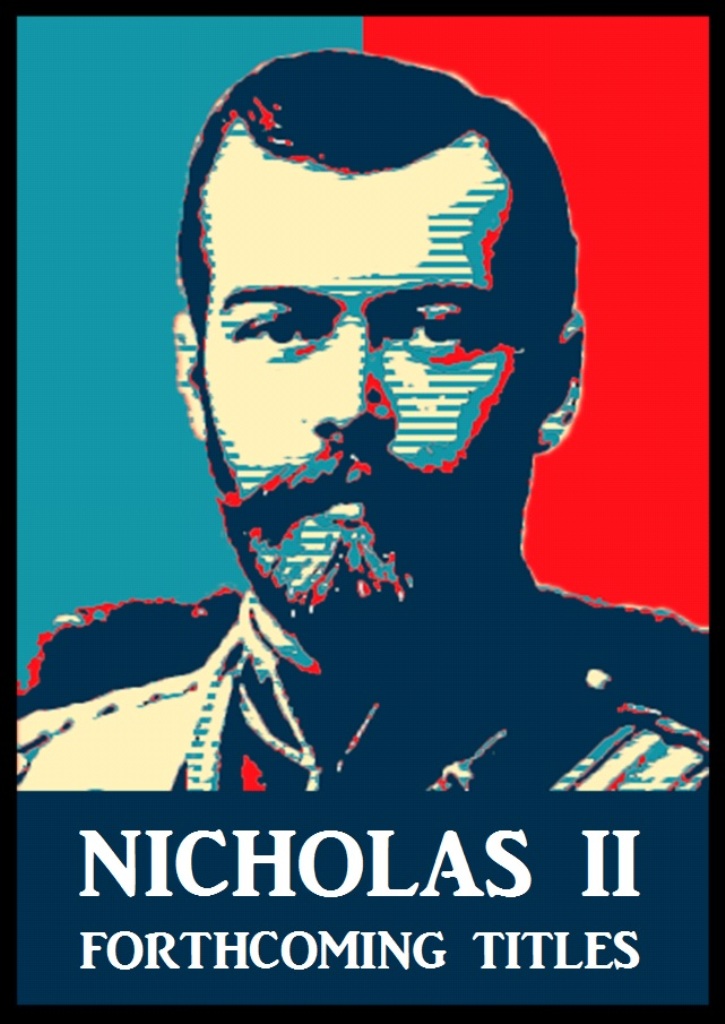
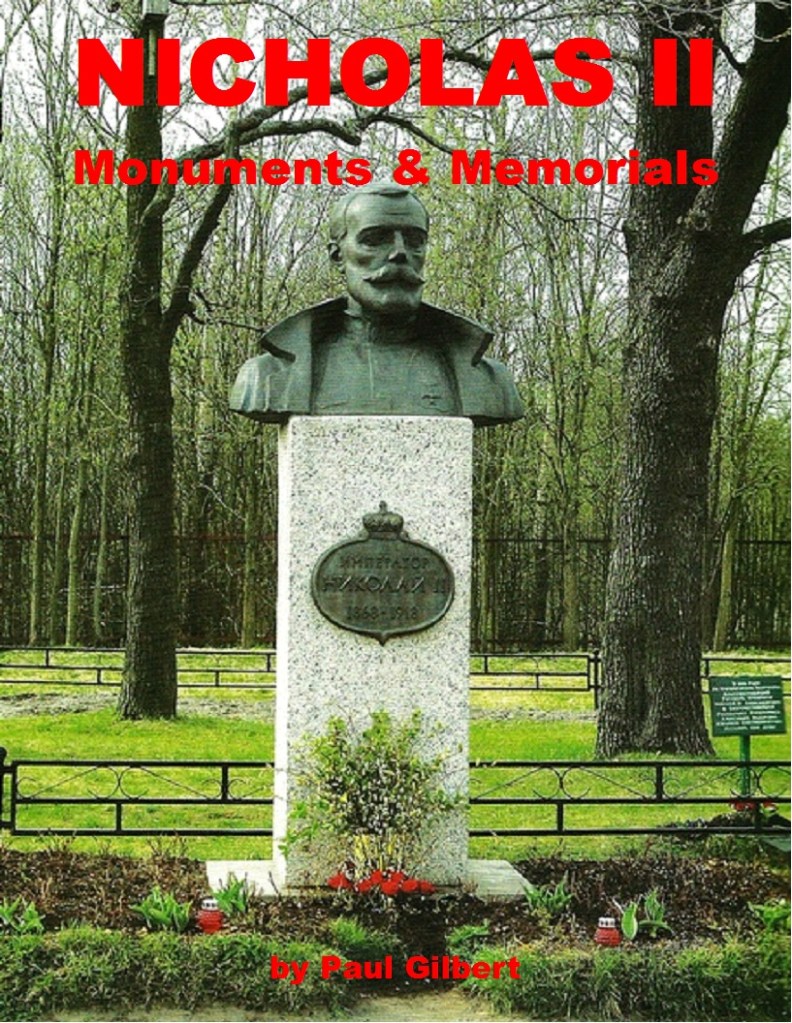


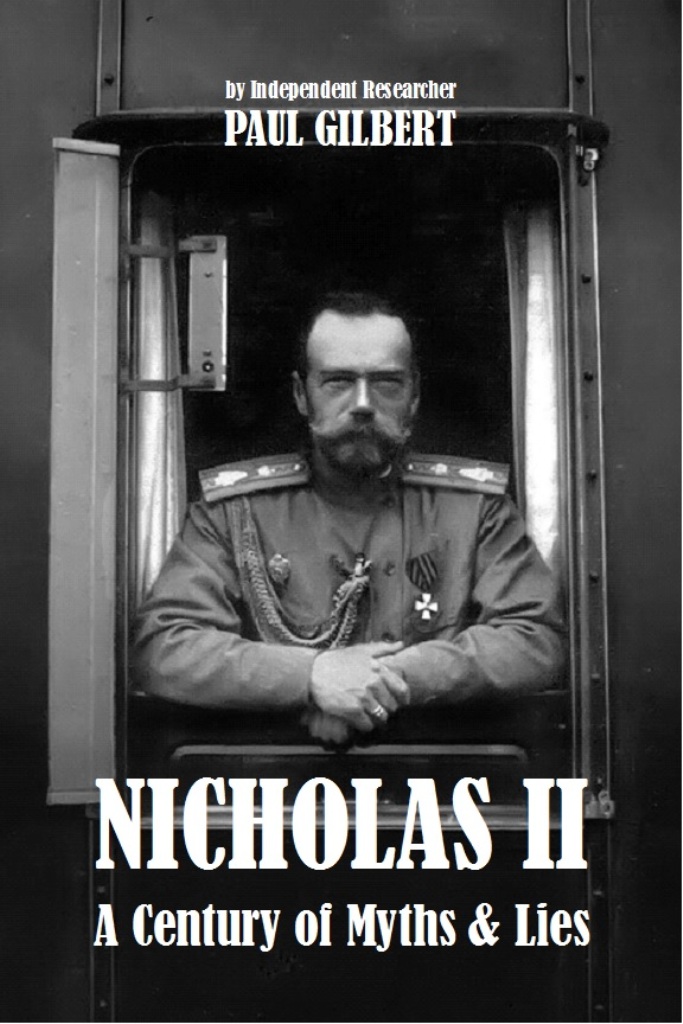

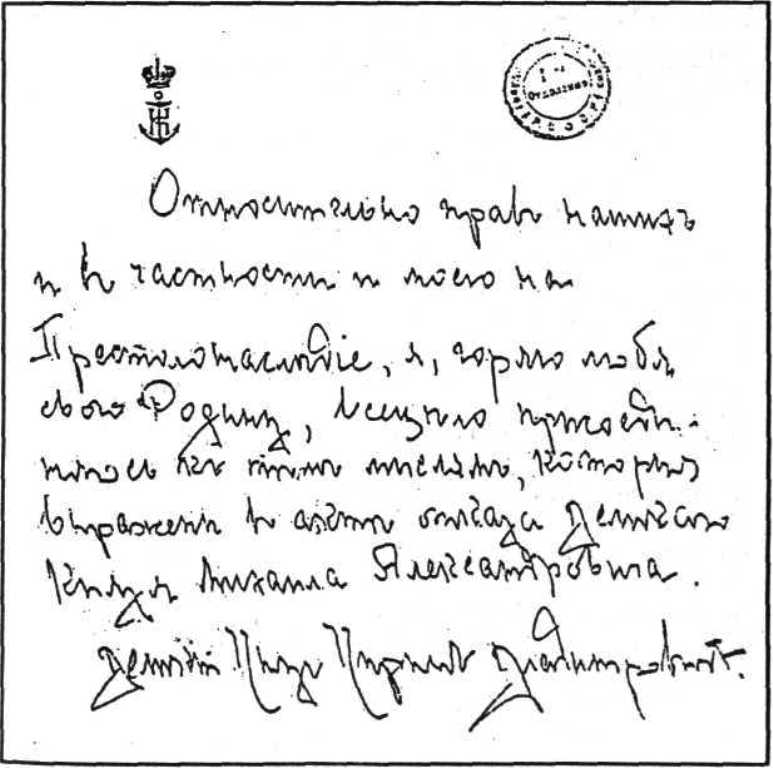



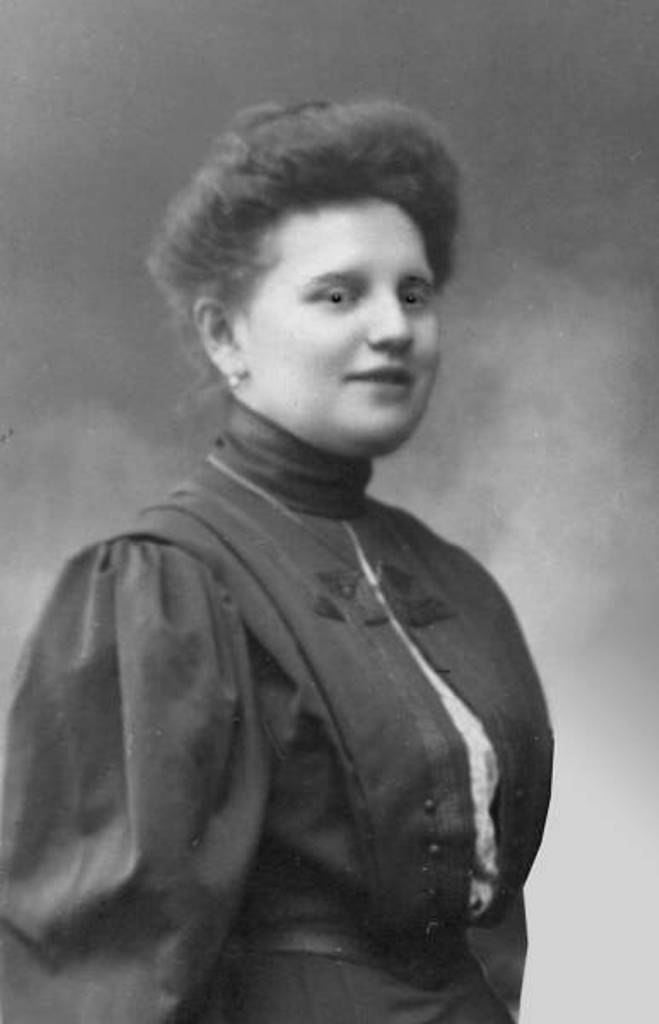

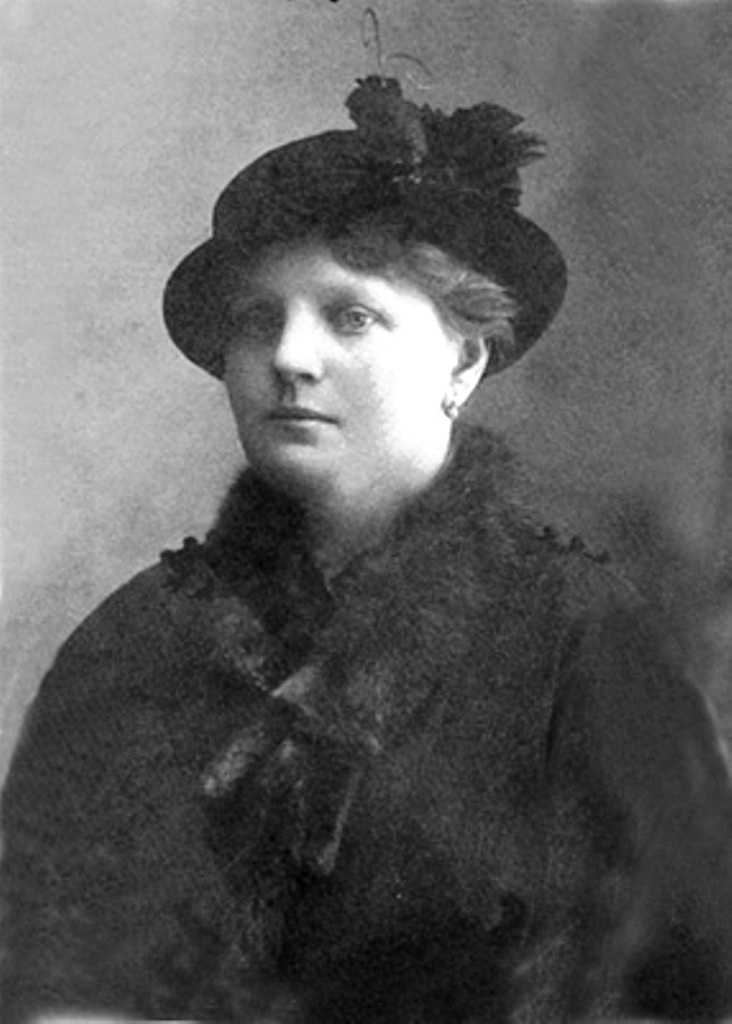
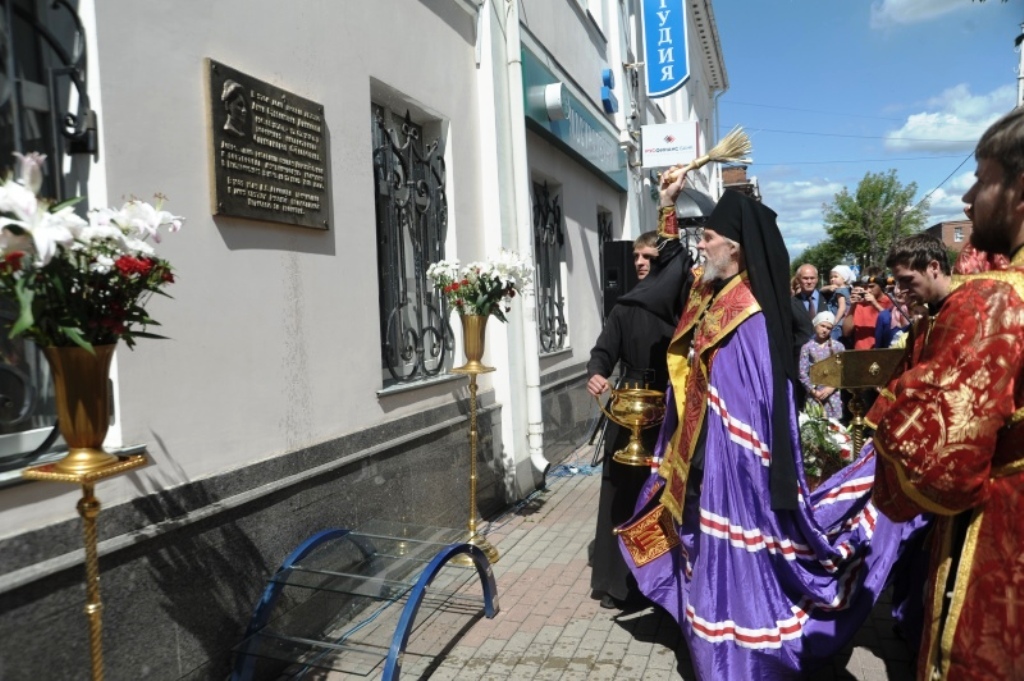
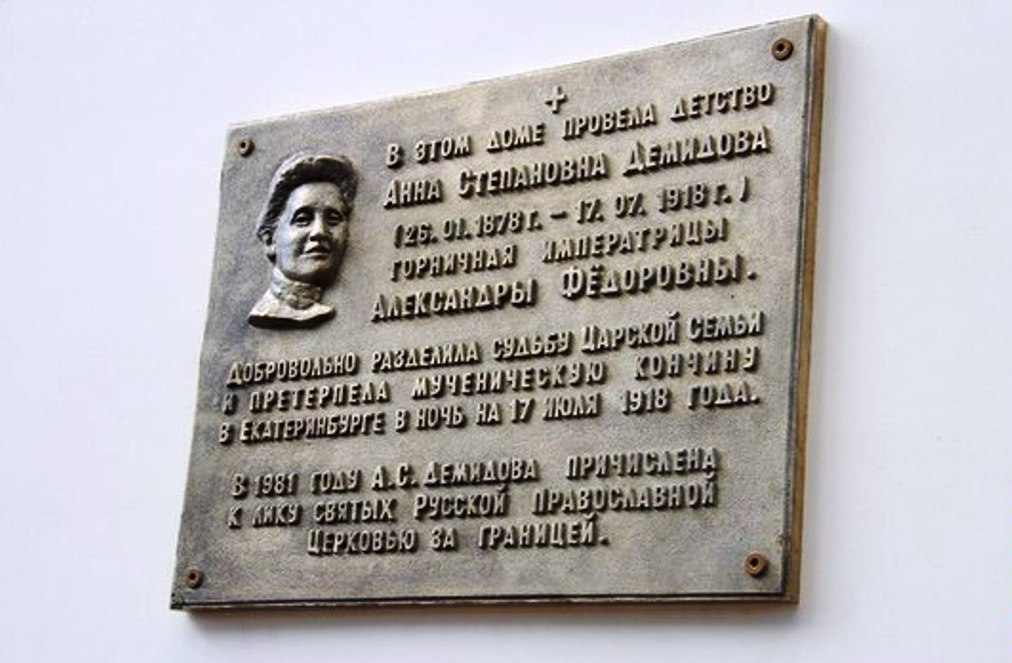
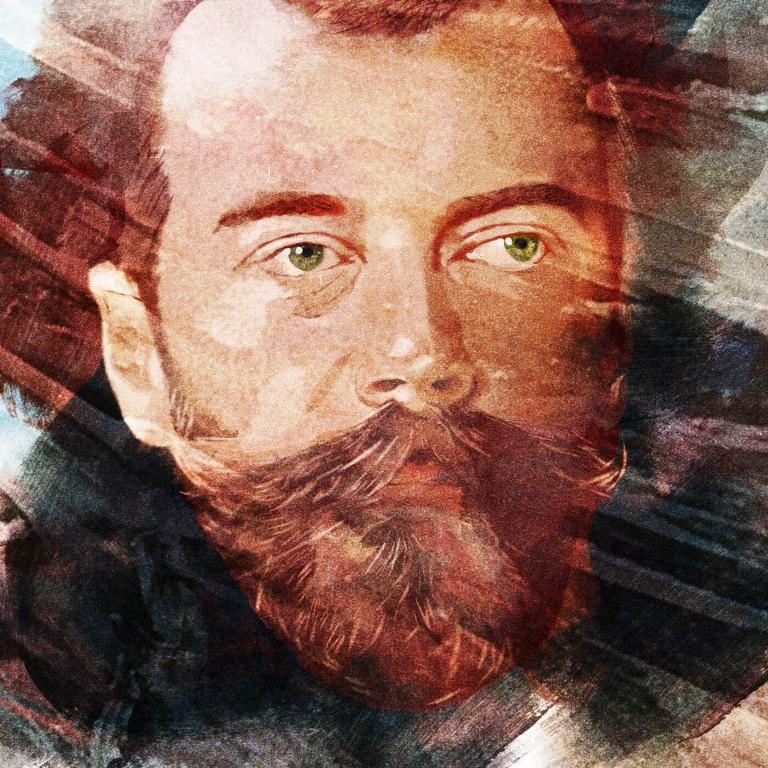
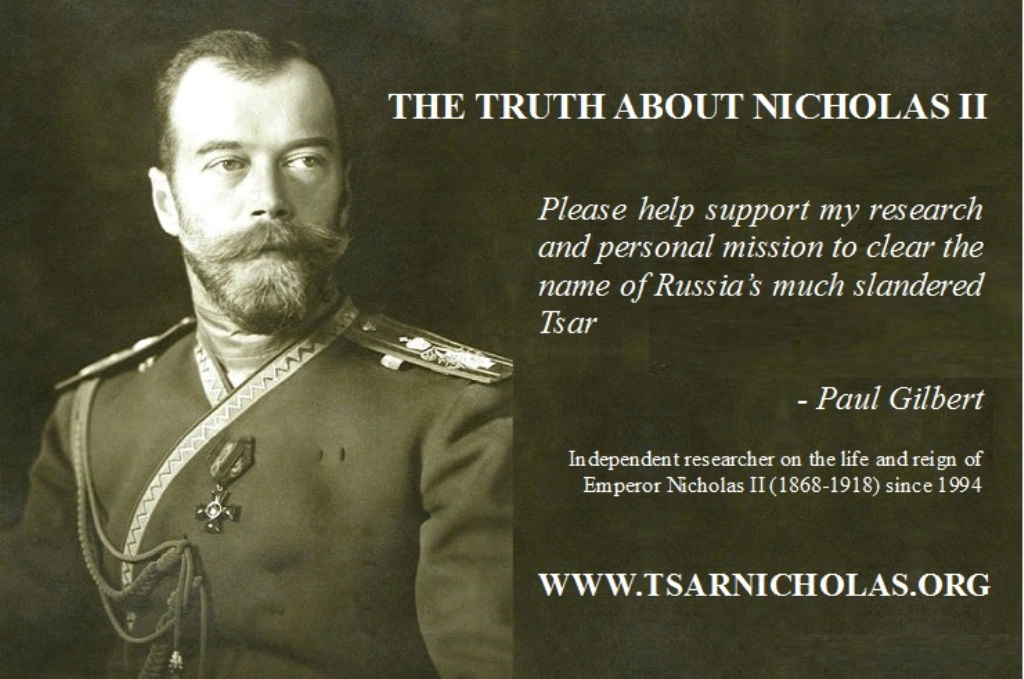
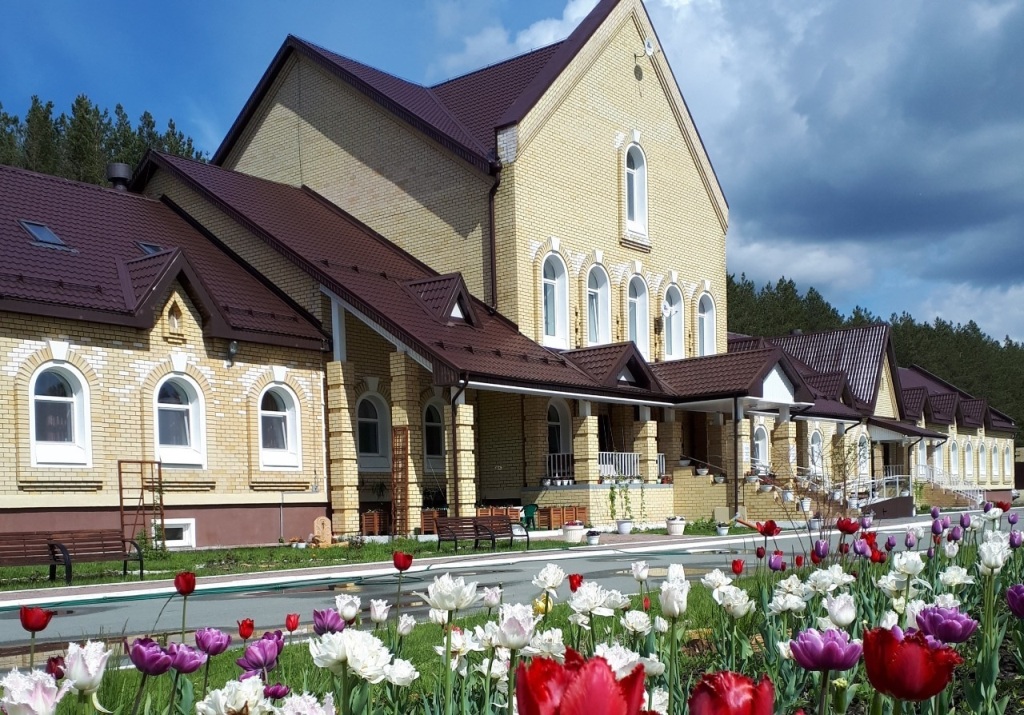
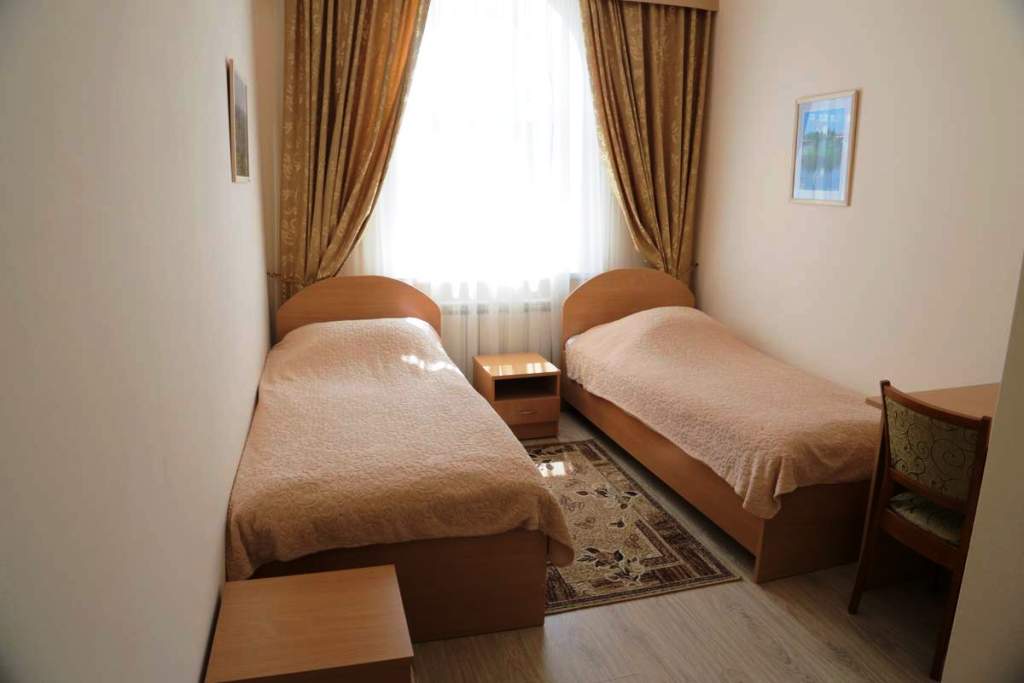
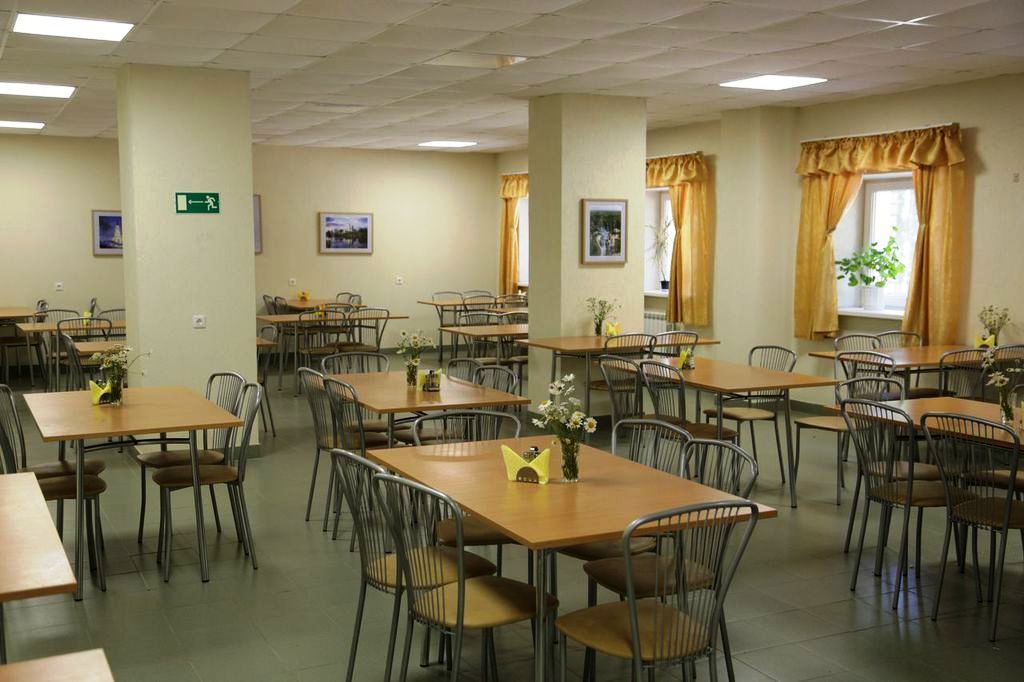
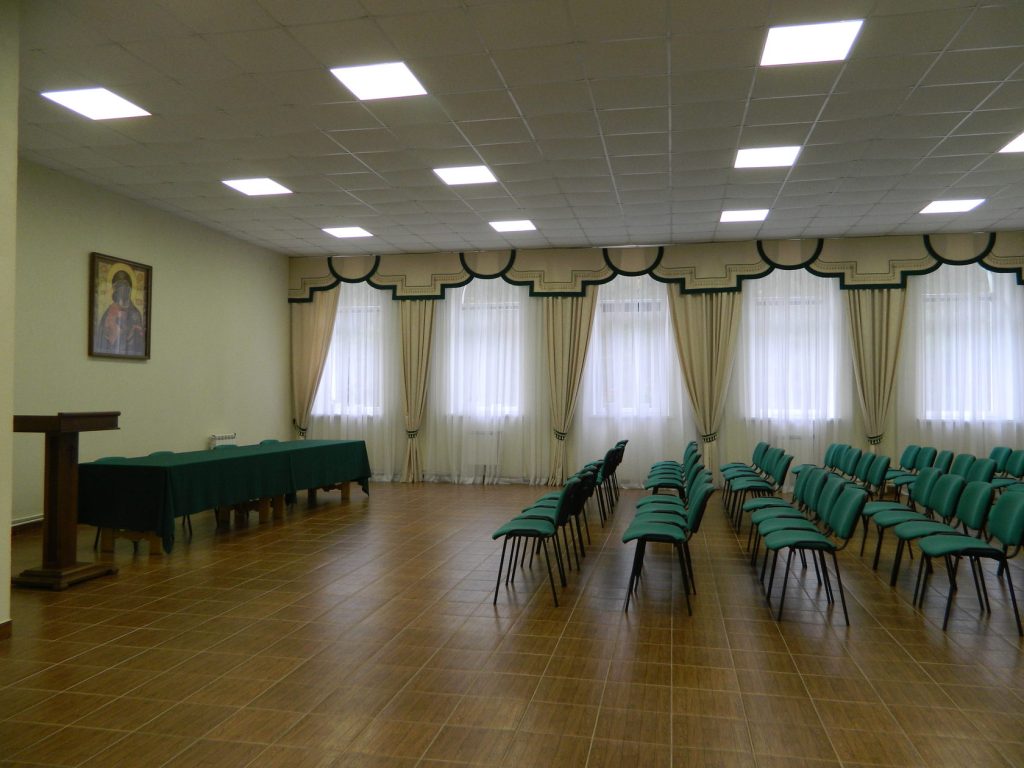
You must be logged in to post a comment.